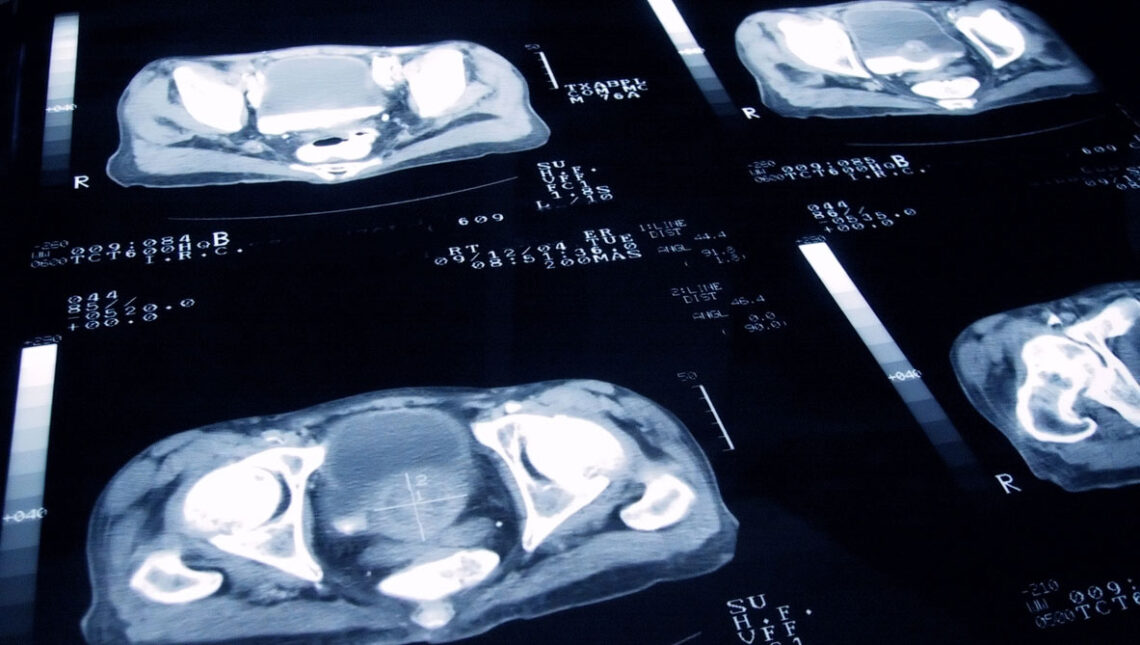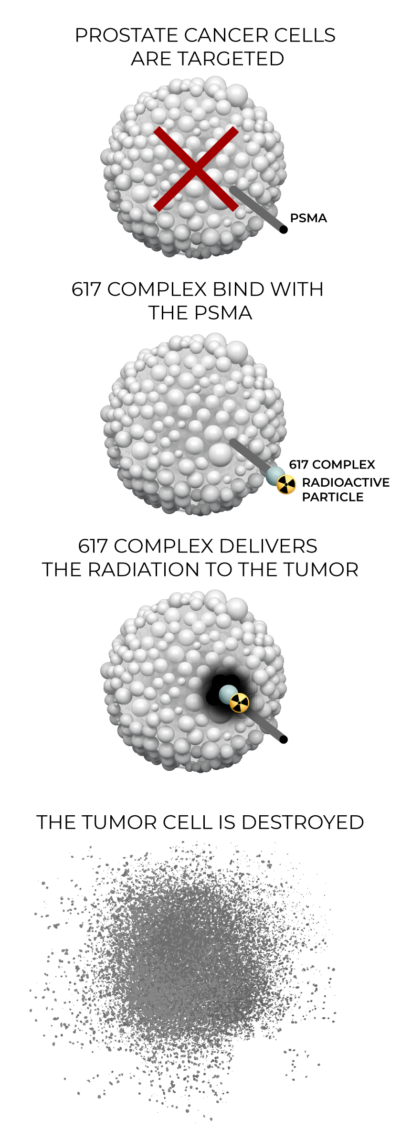How Isotopes Fight Cancer
Many people have heard about medical isotopes, but they may not understand what they are, where they come from, or how they are used. What we do know is that Canada is a world leader in the production of isotopes. They are used as a key tool in the fight against cancer, helping patients all over the world who are battling the disease.

Therapeutic Cancer Treatments with Lutetium-77
Lutetium-177 (Lu-177) is used in targeted radionuclide therapy to treat cancers like neuroendocrine tumours and prostate cancer. Medical-grade lutetium is used to destroy cancer cells while leaving healthy cells unaffected.
“An average of 11 Canadian men die from prostate cancer every day. We’re working with our partners to change that statistic, developing innovative radioisotope treatments,” says Peter Coleridge, President and CEO, Prostate Cancer Canada. “Radioisotopes play a crucial role from diagnosis to treating advanced forms of the disease for which there is no cure. That’s why we’re excited about new treatments in the pipeline that are giving men and their families hope for the future. Together, we can save and improve more lives.”
Prostate tumors are marked by something called PSMA, which stands for prostate-specific membrane antigen, a protein that sits on the surface of the cancer cell. That’s important because it means that PSMA can serve as a marker or identifier for prostate cancer cells — a big red X marking the spot, so to speak.
When Lu-177 is attached to a small molecule called 617 — the PSMA-seeking missile. The duo is then injected into the bloodstream of men with metastatic prostate cancer.
PSMA is a type of protein located on the surface of a cell and is naturally found on the prostate gland. In someone with prostate cancer, an increased amount of PSMA cell surface receptor is present. If the prostate cancer has spread to other parts of the body (i.e. metastasised) the PSMA will also appear in those areas. Lutetium-177 PSMA Therapy uses a molecule which attaches itself to the PSMA receptors on the cancer cells. Before it is administered, the PSMA molecule is bound with lutetium-177, which emits beta radiation, a destructive type of radiation that damages the cancer cells when it is in close proximity to them. Over time, it destroys the prostate cancer cells. The PSMA molecule acts as a means of transporting the radiation to the tumour site, so that the whole body does not get exposed to the radiation.

